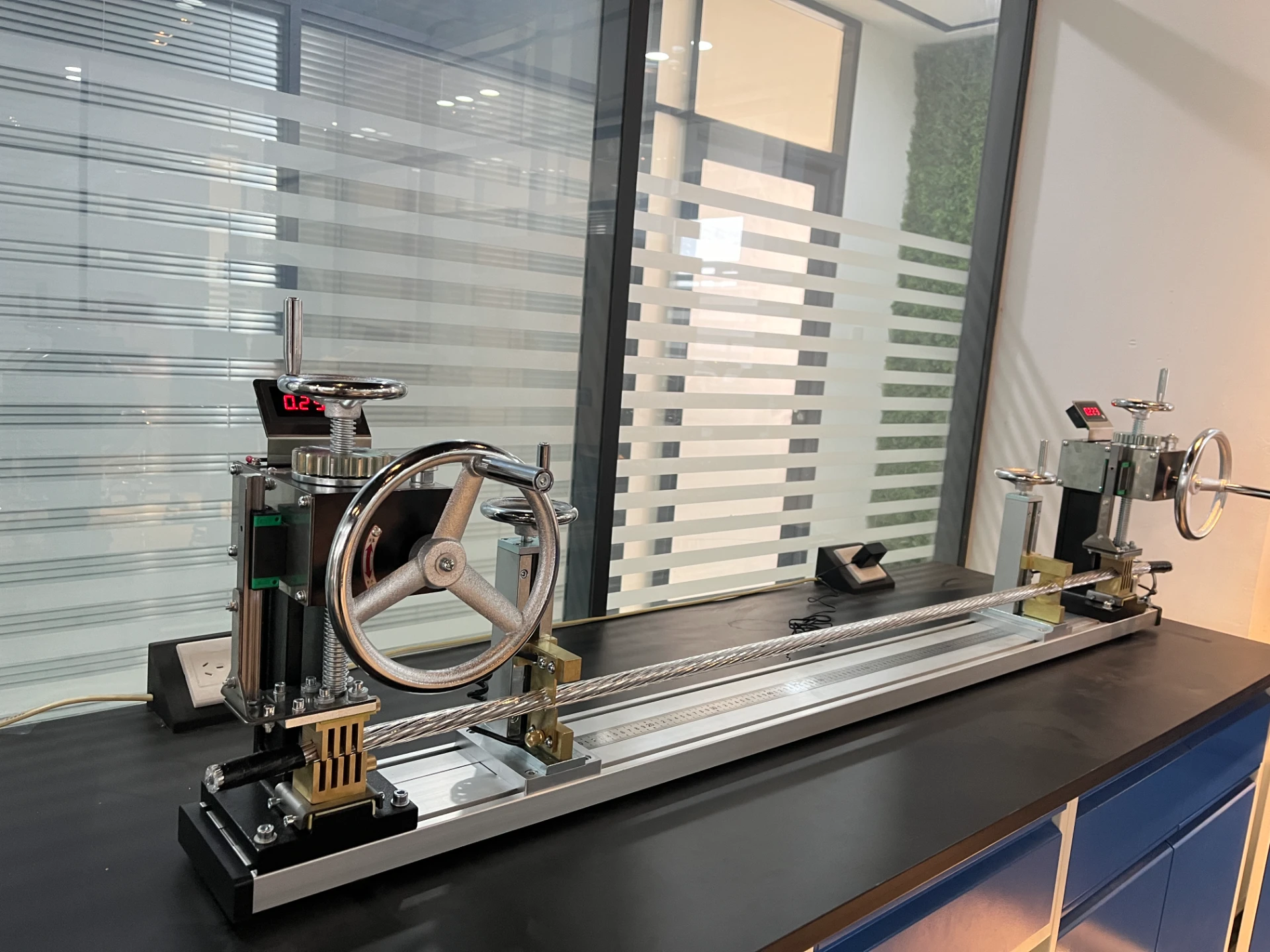insulation resistance tester
Understanding Insulation Resistance Testers Importance and Applications
In the world of electrical engineering and maintenance, ensuring the safety and reliability of electrical systems is paramount. One of the critical instruments that professionals utilize to assess the integrity of electrical insulation is the insulation resistance tester. This device plays a significant role in diagnosing insulation failures, preventing electrical hazards, and enhancing the overall performance of electrical equipment.
What is an Insulation Resistance Tester?
An insulation resistance tester, often referred to as a megohmmeter, is an electrical device used to measure the resistance of electrical insulation materials. It applies a high DC voltage (usually ranging from 250V to 5000V) between conductive parts and earth or between insulated conductors. The measured resistance value, expressed in ohms or megohms, indicates the quality of the insulation.
Why is Insulation Resistance Important?
Insulation materials are crucial in preventing unintended current flow, which can lead to short circuits, electrical shocks, or fires. Over time, insulation can degrade due to factors such as moisture, temperature fluctuations, physical damage, or chemical exposure. Thus, it is essential to regularly test insulation resistance to ensure that it meets safety standards and operational requirements.
How Does an Insulation Resistance Tester Work?
To perform a test, the insulation resistance tester applies a predetermined voltage to the insulation under test and measures the resultant current flowing through the insulation. This current is then used to calculate the resistance using Ohm's Law (Resistance = Voltage / Current). High insulation resistance values (typically above 1 megohm) indicate good insulation, while lower values suggest potential insulation failure.
Applications of Insulation Resistance Testing
1. Electrical Equipment Maintenance Insulation resistance testing is routinely conducted on motors, transformers, switchgear, and cables to identify potential failures before they occur. Regular testing can extend the lifespan of equipment and minimize unplanned outages.
2. Installation Verification After installing new electrical systems or equipment, insulation resistance testing verifies that the installation has been executed correctly and that the insulation levels are safe for operation.
insulation resistance tester

3. Preventive Measures In industrial settings, insulation resistance testing is part of preventive maintenance programs. By identifying insulation deterioration early, facilities can address issues proactively, reducing the risk of accidents and costly repairs.
4. Compliance with Standards Various electrical safety standards and regulations, such as those set by the National Electrical Code (NEC) or the International Electrotechnical Commission (IEC), require regular insulation resistance testing to ensure compliance and safety.
Factors Affecting Insulation Resistance Measurements
Several factors can influence insulation resistance readings, including
- Temperature and Humidity Higher temperatures can reduce resistance, while moisture can significantly lower it. - Pollution and Contaminants Dirt, dust, and other contaminants may provide a partial conductive path, affecting resistance readings. - Aging of Insulation Over time, insulation materials can deteriorate, leading to reduced resistance levels. - Test Voltage The voltage applied during testing can affect results; hence, it's crucial to use the appropriate voltage level as recommended for specific equipment.
Best Practices for Using an Insulation Resistance Tester
To ensure accurate and reliable results, users should adhere to certain best practices
- Calibration Regularly calibrate the tester to ensure it provides accurate measurements. - Environmental Conditions Test in dry conditions whenever possible to avoid erroneous low resistance readings. - Proper Connections Ensure all connections are secure and clean to prevent poor contact points, which can affect measurements. - Follow Safety Protocols Always adhere to safety protocols to minimize the risks associated with high-voltage testing.
Conclusion
In conclusion, insulation resistance testers are invaluable tools in the electrical industry, playing a crucial role in maintenance, safety, and compliance. By understanding the functionality, importance, and application of these testers, electrical professionals can protect equipment, ensure safe operations, and contribute to the overall efficiency of electrical systems. Regular insulation testing not only mitigates risks but also promotes proactive maintenance strategies, safeguarding both personnel and equipment in various environments.
-
Reliable CHJ Series Spark Tester for Insulation Quality Control
NewsSep.01,2025
-
QNJ-2/3 Cable Flexibility Test Machine: Precision & Durability
NewsAug.31,2025
-
DQ-F Superfine Wire Conductor Resistance Fixture: High-Precision Testing
NewsAug.30,2025
-
ZC36 High Insulation Resistance: Reliable & Safe Performance
NewsAug.29,2025
-
CX-100 Manual Hydraulic Core Punching Machine - Efficient & Reliable
NewsAug.28,2025
-
Reliable Performance Testing with Advanced Aging Chamber Solutions
NewsAug.23,2025
 Copyright © 2025 Hebei Fangyuan Instrument & Equipment Co.,Ltd. All Rights Reserved. Sitemap | Privacy Policy
Copyright © 2025 Hebei Fangyuan Instrument & Equipment Co.,Ltd. All Rights Reserved. Sitemap | Privacy Policy

